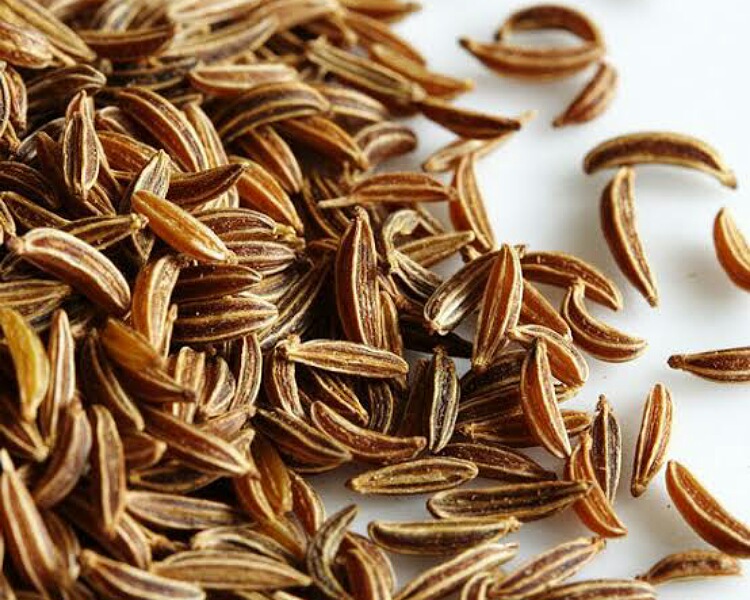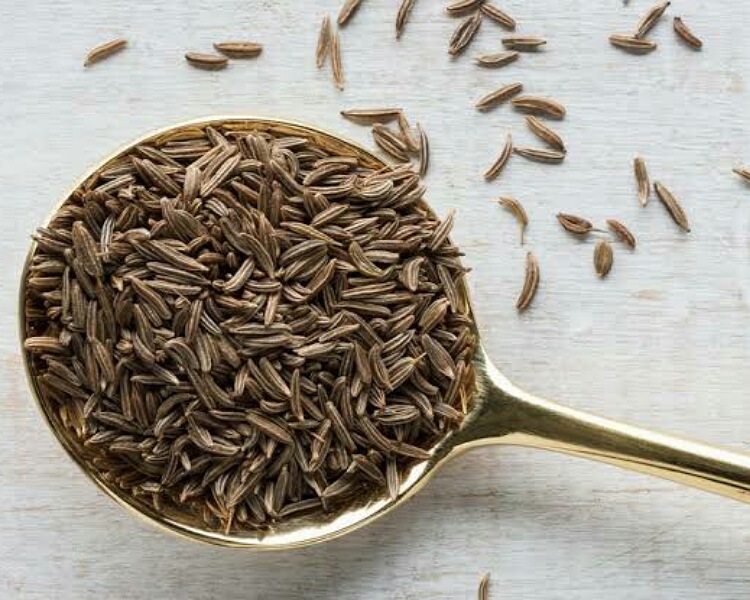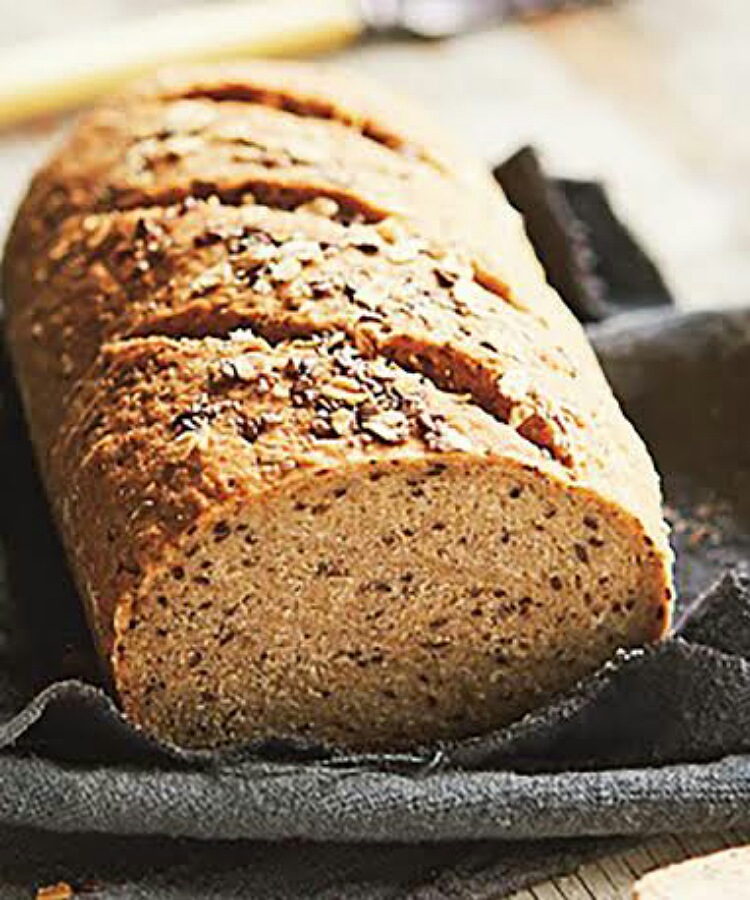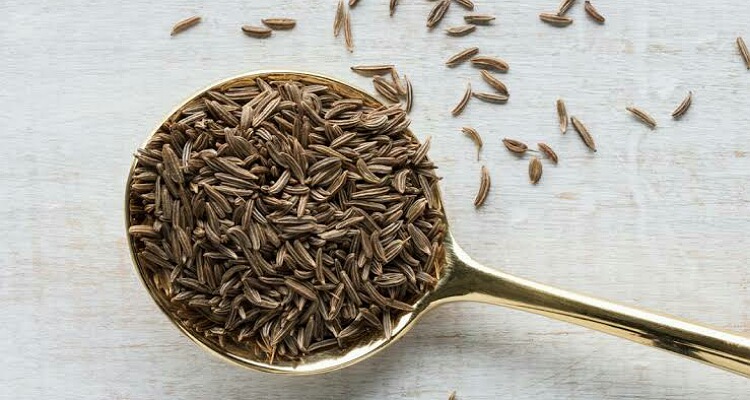Caraway seeds are from a plant similar in appearance to that of the carrot family. It is native in West Asia, Europe, and North Africa. These seeds form part of traditional cuisine of Eastern European countries. Though nowadays, they are used worldwide. Are these seeds healthy? What are their nutritional value?
Caraway seeds
Caraway seeds are similar to cumin seeds but they are longer, thinner, and darker in color. The other name for the plant is meridian fennel or Persian cumin. The plant has an appearance similar to those of the carrot family.
This plant has feathery divided leaves. The main flower stem is long with white or pink small flowers that grow in compound umbels. The plant flowers in June and July. And the fruits are the seeds. They have a distinct smell.

Greek historical records mention it as a herb in cooking and also as a tonic. Roman Apicius mentioned it in his notes as a culinary ingredient. It was cultivated in Morocco and in the Arab world, its name is Karauya.
Nutritional aspects
The seeds of caraway consist of 10% water, 15% fats, 50% carbohydrates, and 20% protein. 100 grams of the seeds has 330 calories with 49.9 grams of carbs and just 0.64 grams of sugars. The fat content is 14.59 grams and most of it is as mono and poly unsaturated fats. Protein is 19.77 grams while dietary fiber amounts to 38 grams.
The seeds are rich sources of vitamin A, B1, B2, B3, B6, folate, vitamin C, and E. But vitamin K is absent. It is loaded with iron and calcium and also magnesium and phosphorus. Potassium is 1351 while sodium is a mere 17 mg. It has 5.5 mg of zinc in 100 grams.

Moreover, it has volatile oil (predominantly D-carvone) and fixed oils like oleic acid, linoleic, palmitic and petroselinic. The useful phytochemicals in it include o-cymene, thymol, γ‑terpinene, linalool, etc.
Health benefits
In European rye bread making, they use these seeds for flavor and aroma. It forms an ingredient of Jewish rye bread, Irish soda bread and other baked foods. People add it to stews, soups, salads, desserts, casseroles, liquors. The leaves are used as herbs but can be toxic and cause vomiting and loose motions. In some places, people consume its roots too.
The high dietary fiber assists in bowel movement regulation and prevention of constipation. It also lowers the risk of cancer of colon. The fiber binds to bile salts and decreases the level of bad cholesterol. Therefore, it protects heart and arteries and prevents major cardiovascular accidents.

The phytochemicals of the seeds have antioxidant properties. They help in digestion and reduce gas and bloating. They mop of free radicals that are damaging and avoid the development of degenerative diseases and slow the aging process and mental decline.
Read more: What are annatto seeds? History, uses, and health benefits!
The large amounts of minerals in the seeds assist in immune function, bone health and prevention of iron deficiency anemia. The potassium keeps blood pressure low and prevents hypertension. The individual vitamins also assist in keeping the teeth and gums healthy and skin glowing.
